Cultural Etiquette in Thailand: Do’s and Don’ts When Visiting the Land of Smiles. Traveling to Thailand is an adventure filled with rich history, breathtaking scenery, and incredibly warm-hearted people. However, to truly experience the essence of this remarkable country, familiarizing yourself with the cultural etiquette is paramount. Understanding the do’s and don’ts in Thailand can make your journey more enjoyable and respectful to the local customs.
Understanding Thai Culture and Traditions
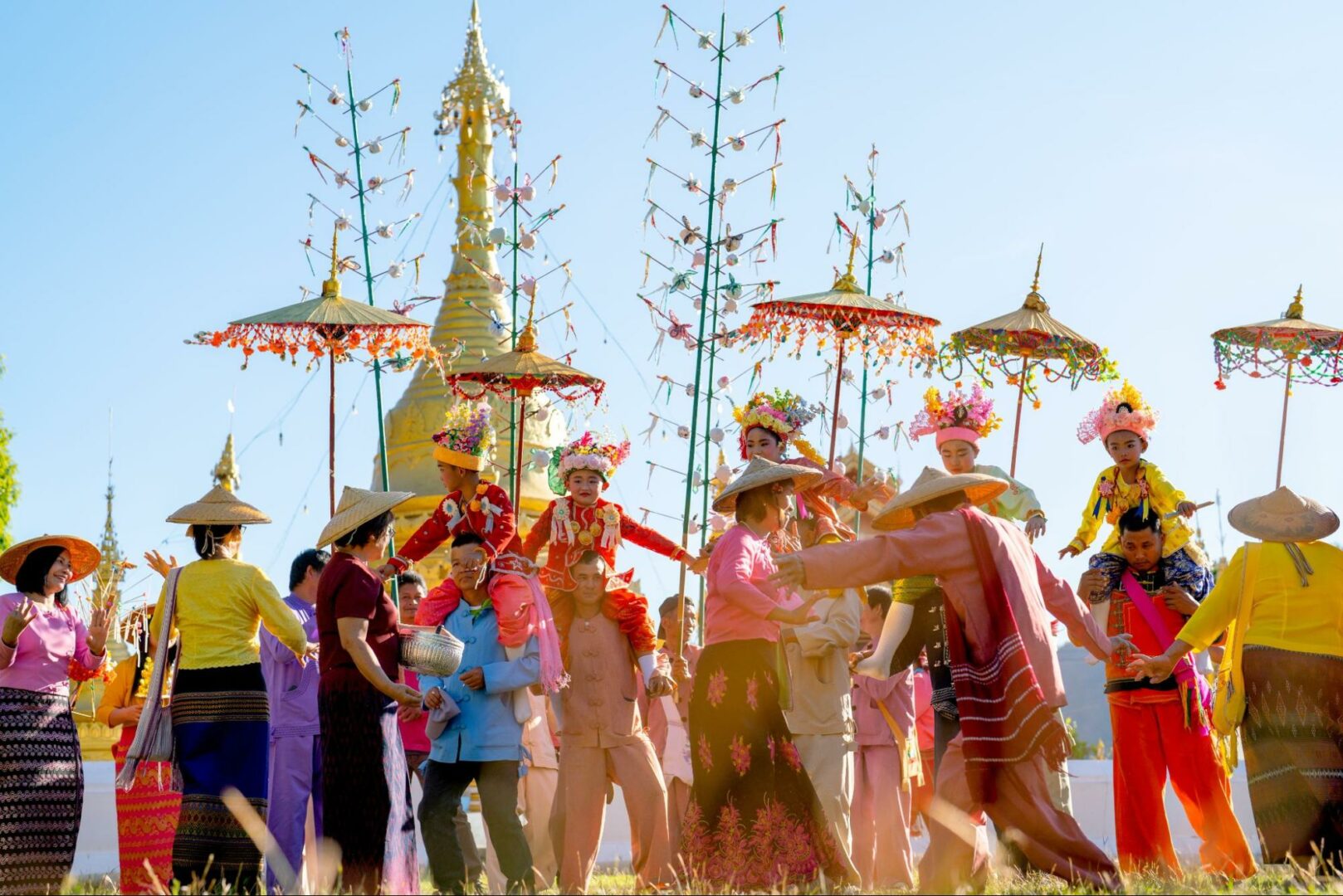
The foundation of any visit to Thailand lies in comprehending its diverse culture and traditions. From the vibrant festivals that celebrate the country’s spirituality to the intricate customs passed down through generations, being aware of these elements will enrich your travel experience.
The Significance of Respect in Thai Society
Respect is a cornerstone of Thai society. It permeates every interaction, whether between friends, family, or strangers.
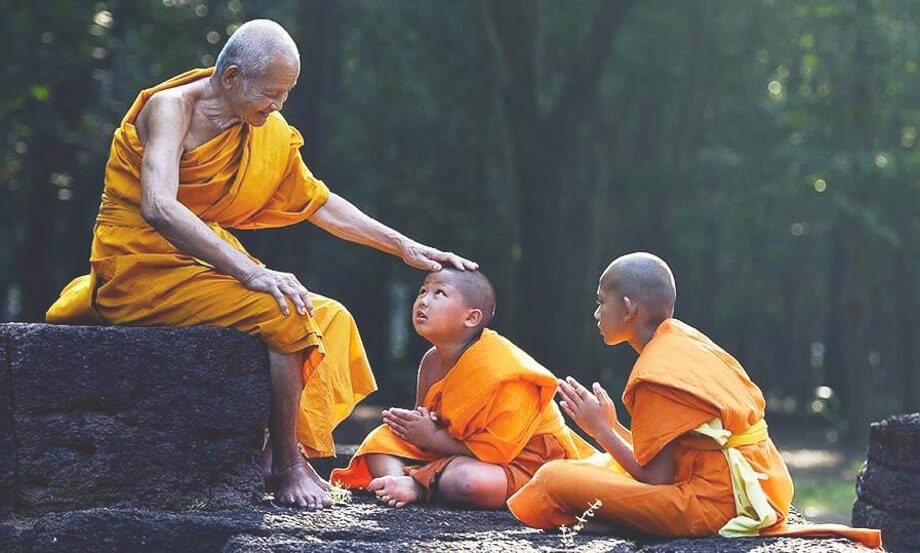
In traditional Thai culture, showing respect often manifests through physical gestures such as the “wai,” where individuals press their palms together in a prayer-like manner while bowing their heads slightly. This gesture signifies humility and acknowledgement of the other person’s status.
Understanding the social hierarchy is also essential in navigating interactions. Elders are held in high regard, and it’s customary to give them priority in conversations and public spaces. In places like temples or formal settings, acknowledging elders first reflects not just adherence to tradition but also enhances the communal atmosphere.
Festivals and Their Cultural Importance
Thailand is renowned for its lively festivals, each carrying profound significance.
For example, Songkran, the Thai New Year celebrated in April, symbolizes purification and renewal. During this festival, locals engage in water fights as a means of washing away the previous year’s misfortunes. Experiencing Songkran firsthand provides insights into the collective spirit of the Thai people, showcasing how traditions intertwine with modern-day celebrations.
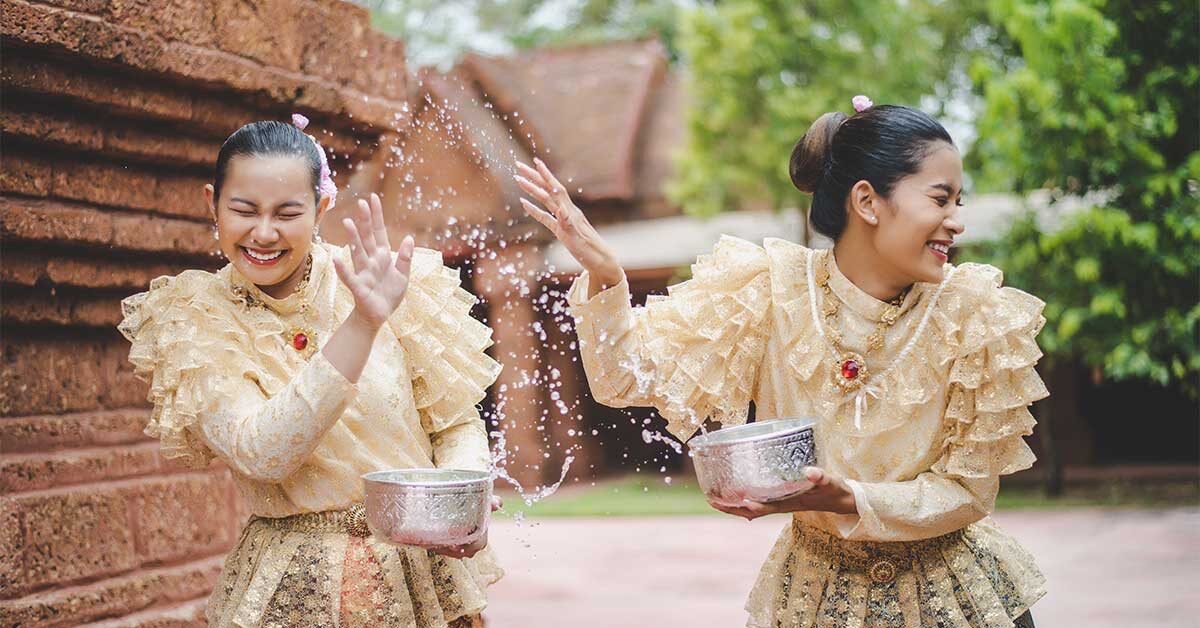
Another major festival is Loy Krathong which takes place in November. It involves floating decorated baskets on water to honor the water spirits. Participating in these festivities allows travelers to connect deeply with the local community while appreciating their values and beliefs.
Language Nuances and Communication Styles
Language can be a barrier for many travelers, but basic knowledge of common Thai phrases can significantly enhance your experience.
A simple greeting like “Sawasdee” (hello) followed by a respectful wai can break the ice. Thais appreciate when foreigners make an effort to communicate in their language, even if it’s just a few words.
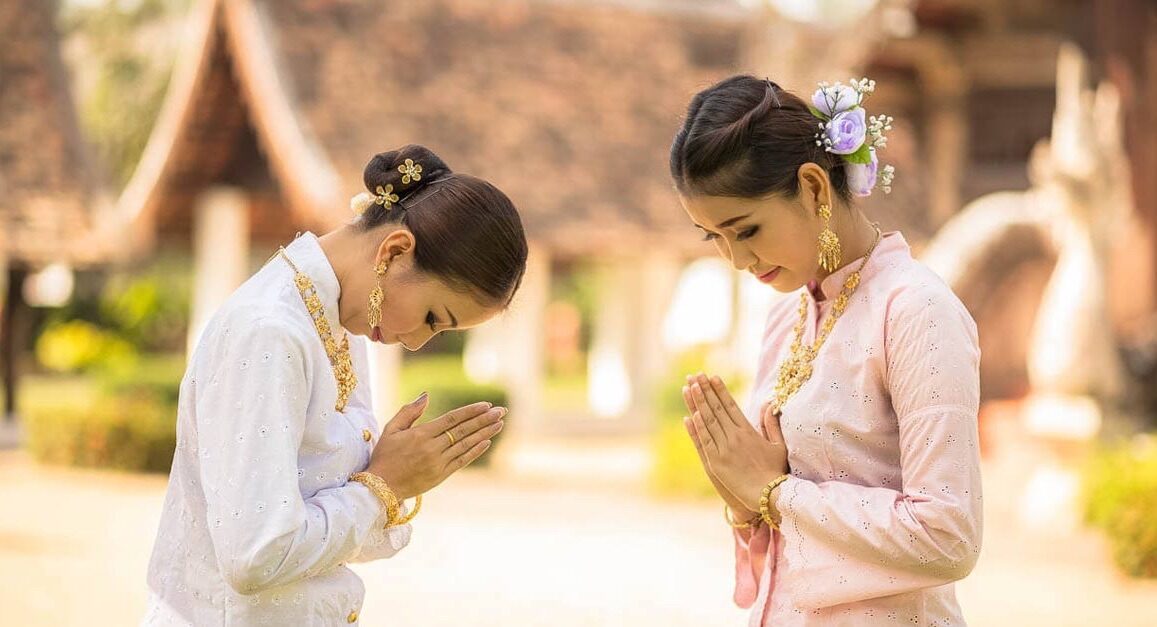
Moreover, communication style in Thailand differs from Western norms. Thai people tend to avoid confrontation and value harmony in their conversations. Therefore, understanding non-verbal cues and subtle hints is crucial for effective interaction. For instance, maintaining a calm demeanor during discussions, even in disagreement, reflects maturity and respect.
Dress Code and Personal Grooming
When traveling in Thailand, being mindful of your clothing choices is vital. The way you present yourself speaks volumes about your respect for local customs and traditions.
Traditional Attire and Its Relevance
While western attire is acceptable in most tourist areas, wearing traditional Thai clothing during visits to sacred sites showcases your respect for Thai culture.
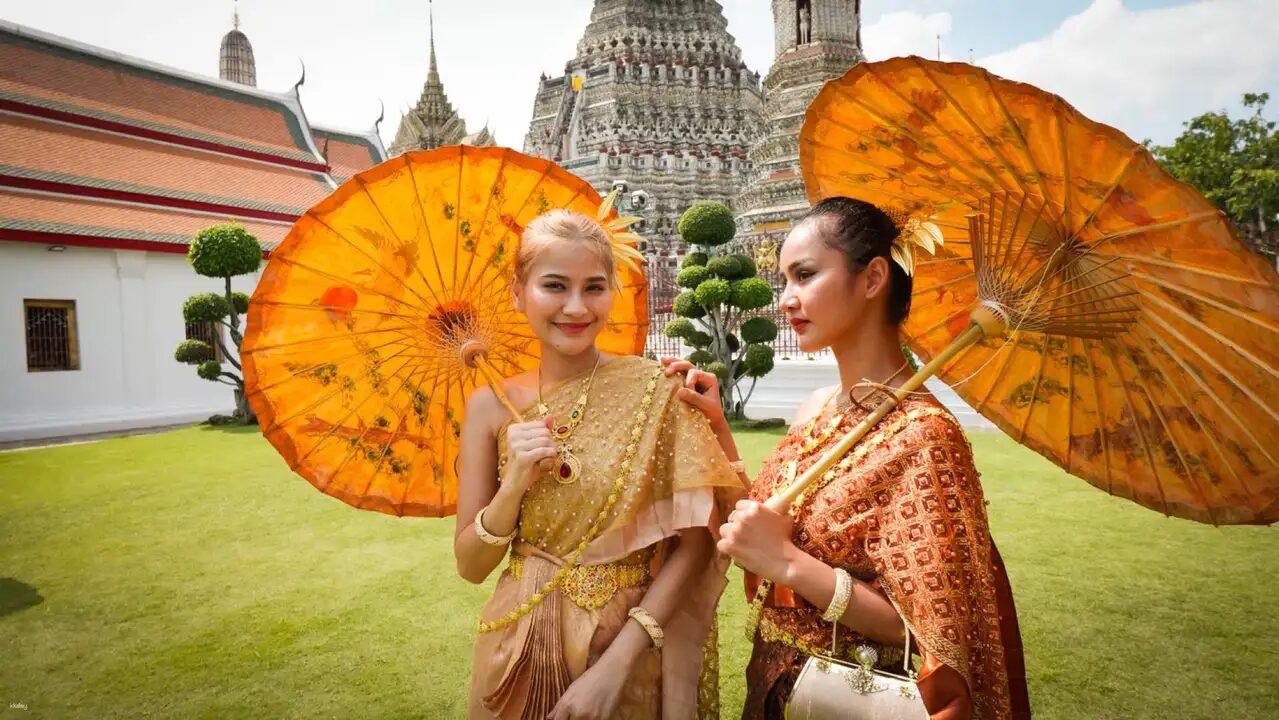
For women, long skirts or dresses that cover the knees are ideal, along with blouses that have sleeves. Men should opt for lightweight trousers and polo shirts. Local markets and shops offer beautiful silk garments that can serve both as souvenirs and appropriate outfits for temple visits.
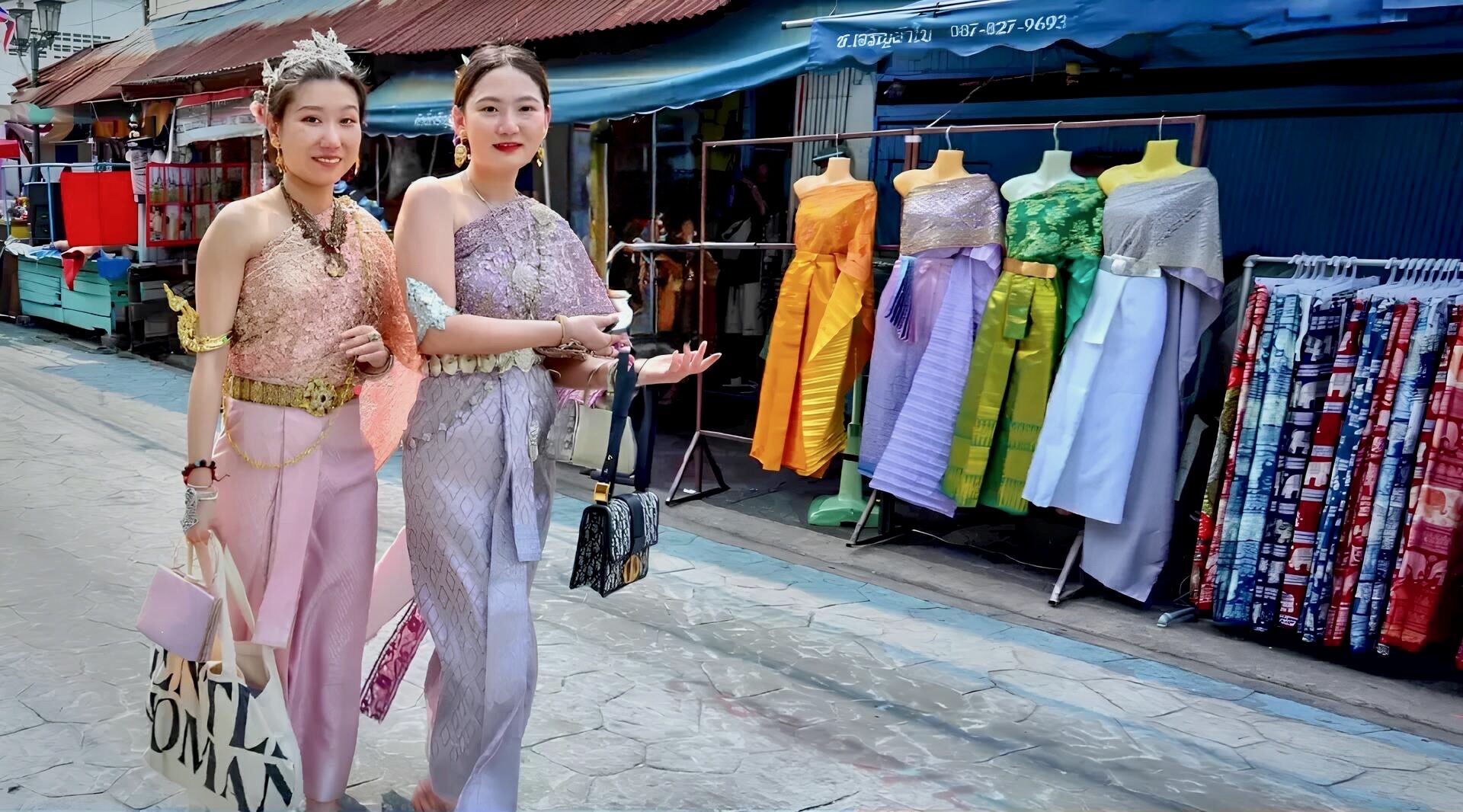
Dressing modestly demonstrates reverence towards the religious sites and the local populace. Remember, in Thailand, clothing reflects your attitude toward the culture—so choose wisely!
Grooming and Hygiene Standards
Maintaining personal hygiene and grooming is essential while traveling in Thailand.
Thais generally uphold high cleanliness standards, especially in their homes and around sacred places. Showering regularly, wearing clean clothes, and practicing good oral hygiene are signs of respect.
Additionally, removing shoes before entering someone’s home or certain establishments is a customary practice that emphasizes cleanliness. Always carry a pair of socks if you’re unsure about walking barefoot. Not only does this keep your feet clean, but it also showcases your willingness to adhere to local customs.
Beachwear Etiquette
Thailand boasts some of the world’s most picturesque beaches, attracting millions of tourists each year. However, it’s important to remember that swimwear is generally reserved for the beach or poolside.
Wearing bikinis or speedos in towns or other public areas may come off as disrespectful. When leaving the beach, it’s courteous to throw on a cover-up or t-shirt to maintain decency, reflecting the local dress norms.
This practice helps foster mutual respect with the locals, who may view excessive skin exposure outside beach areas as inappropriate. Ultimately, dressing appropriately contributes to a harmonious environment.
Social Interactions and Communication
Navigating social interactions in Thailand requires finesse and an understanding of the underlying cultural rules.
Greetings and Body Language
As mentioned earlier, the “wai” serves as a primary greeting method in Thailand.

However, knowing when and how to use it is equally important. Typically, the younger person initiates the greeting, offering a wai to those older or of higher status. If someone greets you with a wai, it’s polite to return the gesture.
Body language also plays a critical role in social interactions. Avoiding direct eye contact may be perceived as a sign of respect, particularly in formal situations. Additionally, touching someone’s head or pointing your feet at others are considered impolite actions.
Understanding these nuances enhances your ability to interact respectfully with the locals.
Dining Etiquette
Dining in Thailand is an experience in itself, steeped in tradition and communal spirit.
When sitting down for a meal, wait for the host to invite you to begin. If dining at a restaurant, it’s customary for the eldest person to order first. Sharing dishes is common, so embrace the communal dining approach by trying various offerings rather than sticking solely to your own dish.
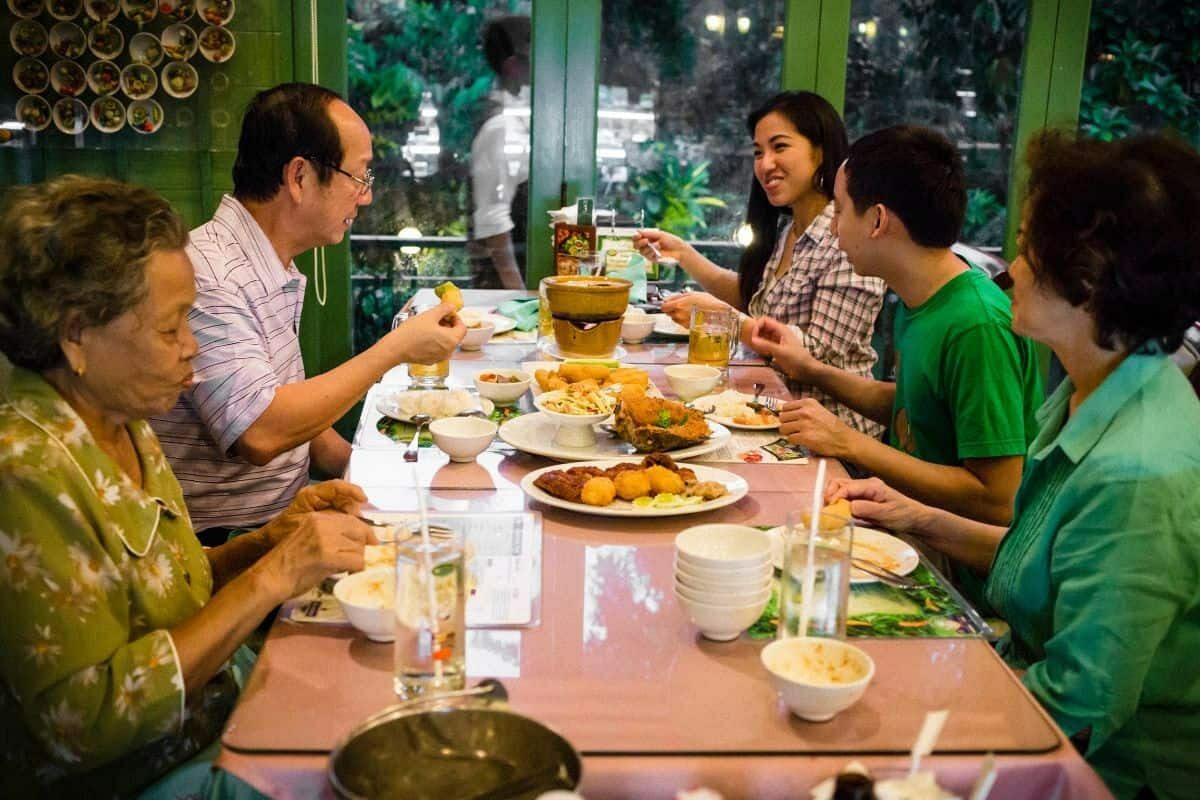
Using utensils correctly is another aspect of dining etiquette. While many people use forks and spoons, the knife is usually unnecessary. Instead, use the fork to push food onto your spoon—a practice that aligns with Thai dining customs.
Moreover, expressing gratitude after a meal is essential. Saying “khob khun” (thank you) shows appreciation for the food and hospitality, reinforcing relationships with your hosts.
Visiting Temples and Sacred Sites
Thailand’s temples are not just architectural wonders; they embody the spiritual core of the nation.
Proper Conduct in Temples
Before visiting any temple, understanding proper conduct is crucial.
Always dress appropriately, ensuring shoulders and knees are covered. Many temples provide sarongs for visitors who arrive inadequately dressed, but bringing your own can save time and enhance your experience.
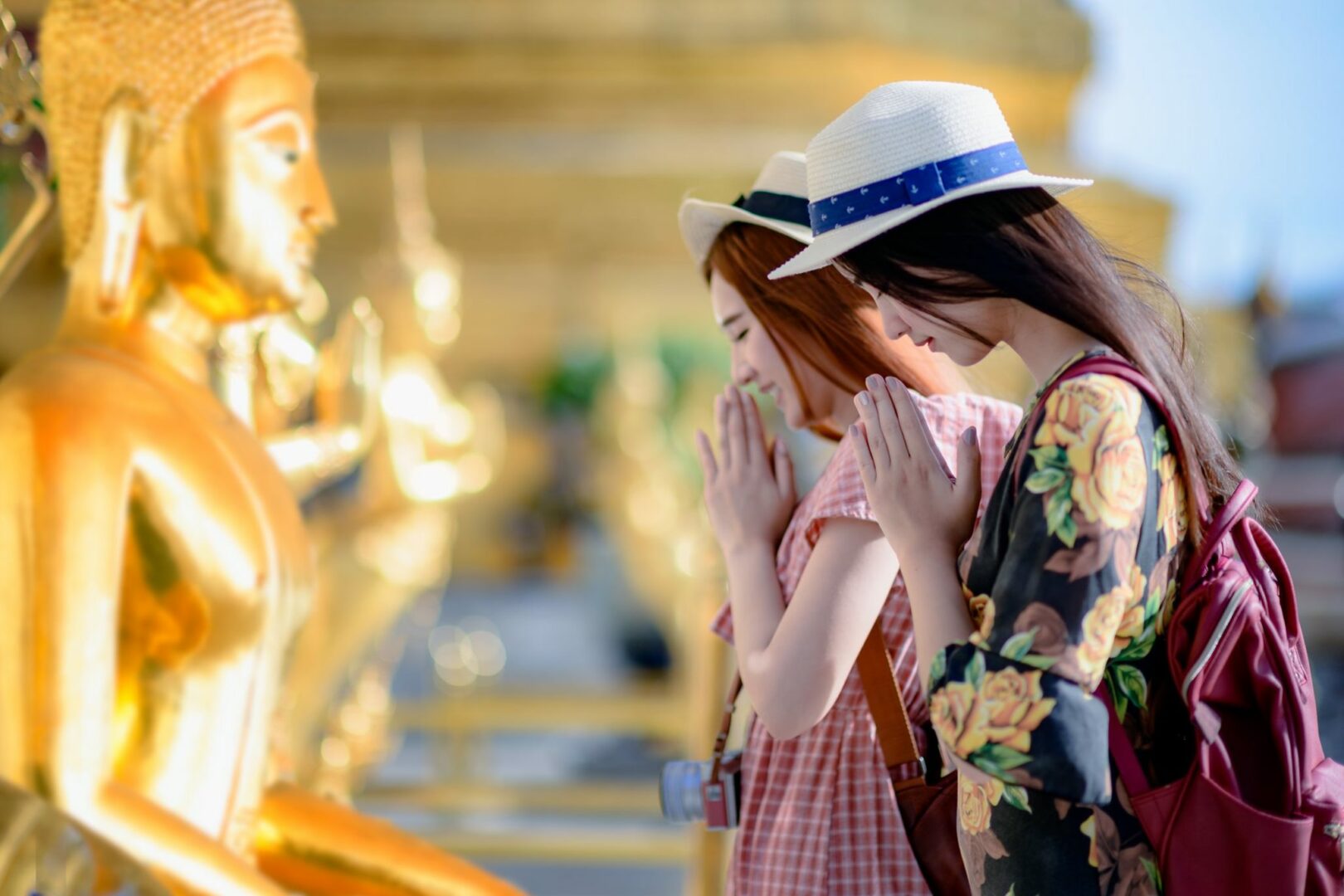
Inside the temple complex, speaking softly and maintaining a respectful demeanor is expected. Visitors should refrain from taking selfies with sacred statues or engaging in disruptive behavior. Such actions are seen as disrespectful and can offend the local population.
Additionally, the practice of removing shoes before entering temple buildings is mandatory. This tradition underscores the importance of cleanliness in sacred spaces, and doing so reflects your respect for the beliefs upheld in these environments.
The Role of Monks
Monks hold a venerable position in Thai society, representing peace, wisdom, and spirituality.
If you encounter monks during your travels, it’s essential to acknowledge their status. Women should never touch monks or hand items directly to them; instead, offer items through a third party. For men, approaching monks respectfully and avoiding lengthy conversations unless initiated by the monk is advisable.
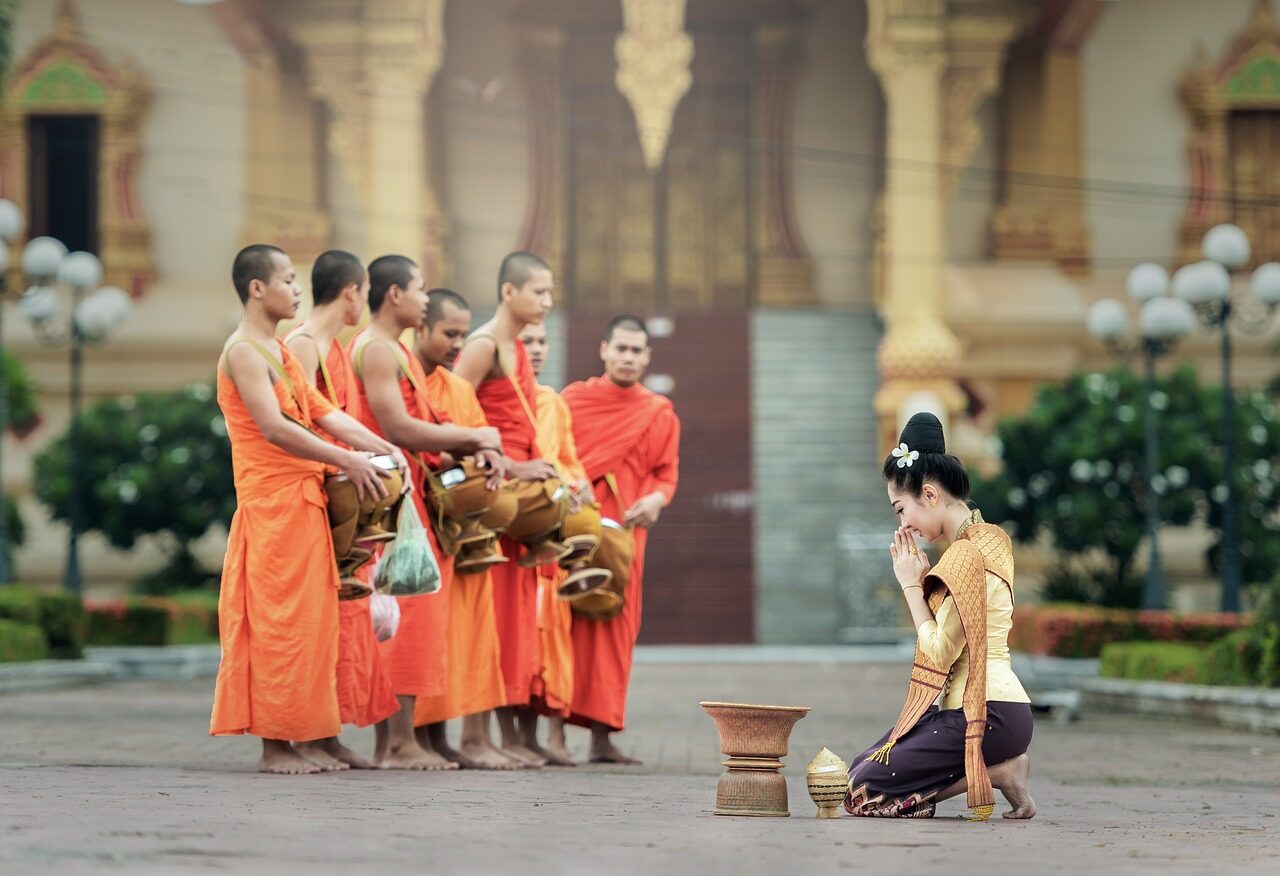
When participating in ceremonies involving monks, such as almsgiving, it’s crucial to observe the rituals quietly and respectfully. Being part of such experiences provides insight into the deep-rooted beliefs of the Thai people, allowing for personal reflection and appreciation.
Photography Guidelines
While capturing memories is an integral part of travel, adhering to photography guidelines in temples is vital.
Many sacred sites prohibit photography, particularly inside the main chapels or near Buddha images. Always look for signage indicating whether photography is allowed, and when in doubt, ask permission.
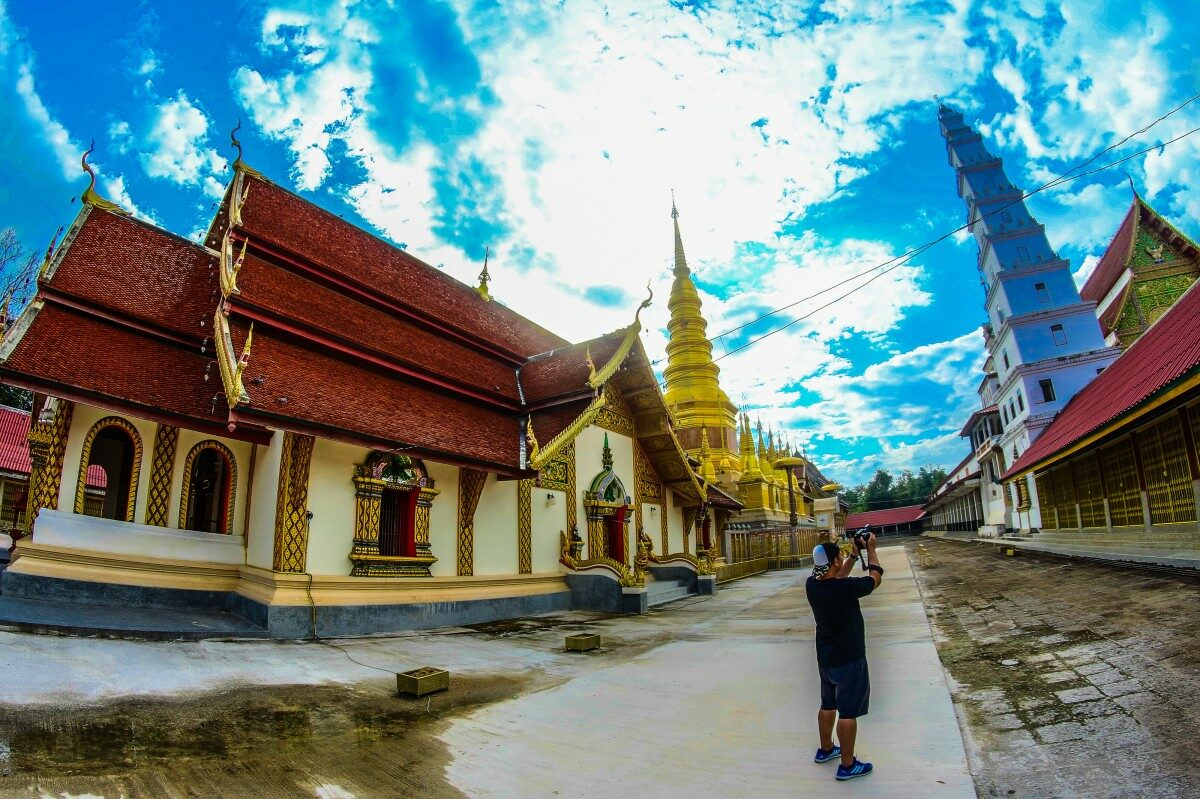
If photography is permitted, ensure you keep a respectful distance and avoid intrusive angles. Capturing the beauty of the temples is wonderful, but doing so with dignity preserves the sanctity of these remarkable sites.
Conclusion
See more related articles:
- A Traveler’s Guide to Thailand’s Islands
- Thailand in 48 Hours: The Ultimate Guide to the Land of Smiles
- Hanoi in 48 Hours: The Definitive Guide to the Lively Capital of Vietnam
Traveling to Thailand opens doors to enchanting landscapes, captivating traditions, and endearing cultural exchanges. Embracing Cultural Etiquette in Thailand: Do’s and Don’ts When Visiting the Land of Smiles enhances your experiences and fosters positive interactions with the local populace.
From understanding the significance of respect in social dynamics to adhering to appropriate dress codes and navigating interactions with grace, every aspect contributes to a meaningful journey. As you explore and discover the beauty of Thailand, let the richness of its culture guide your footsteps, enriching not only your trip but also your understanding of a land that invites all with open arms and warm smiles.